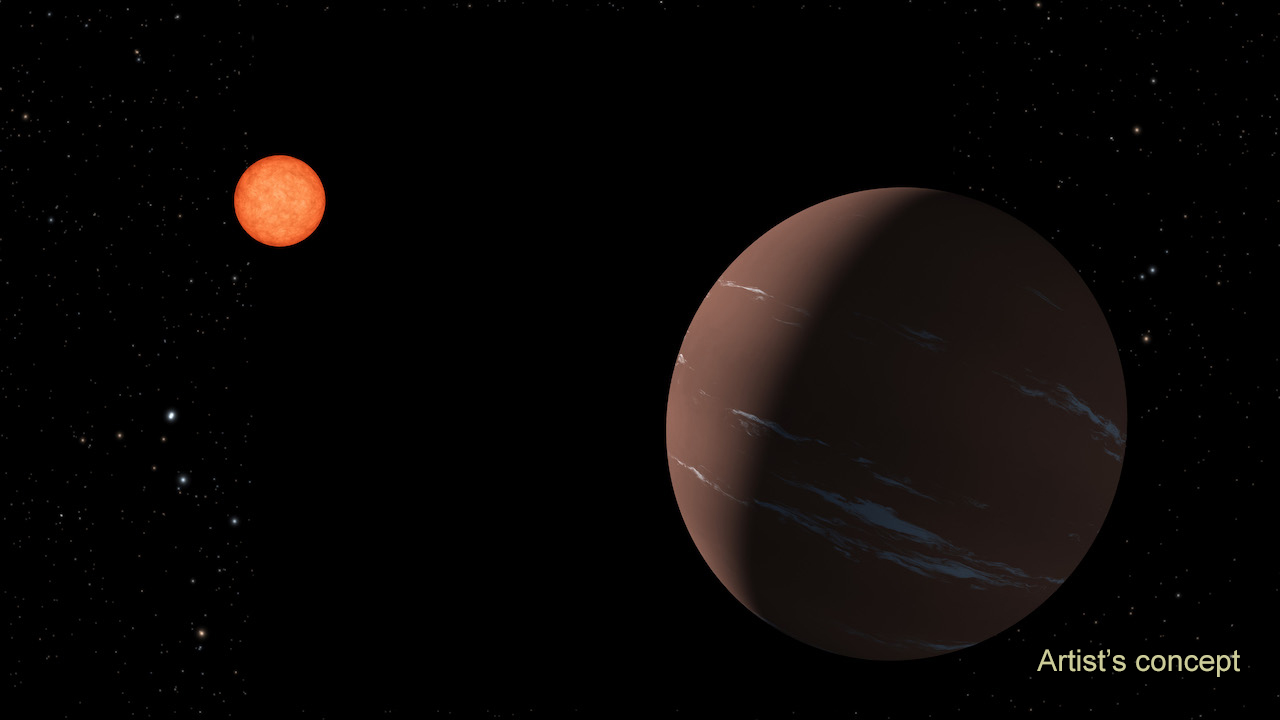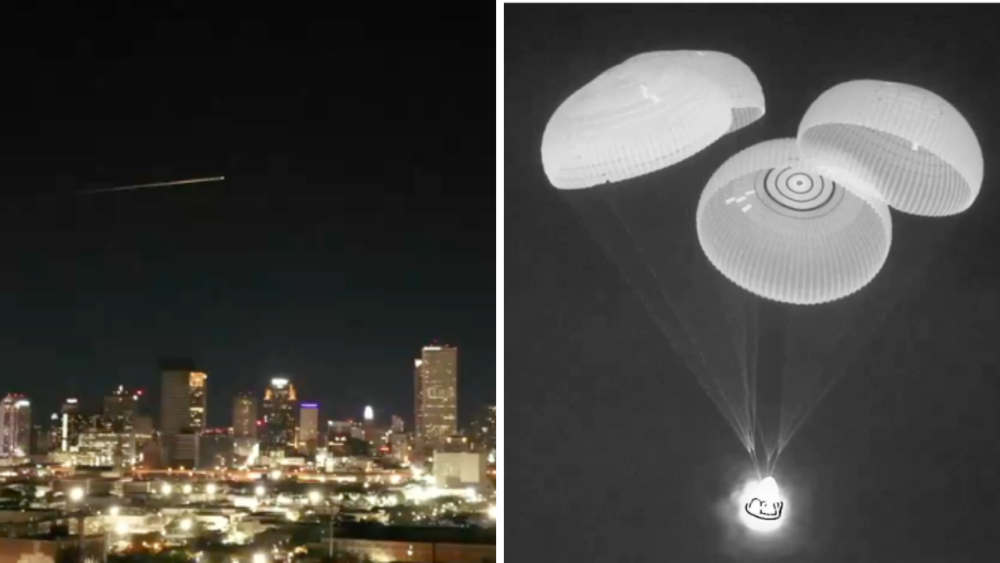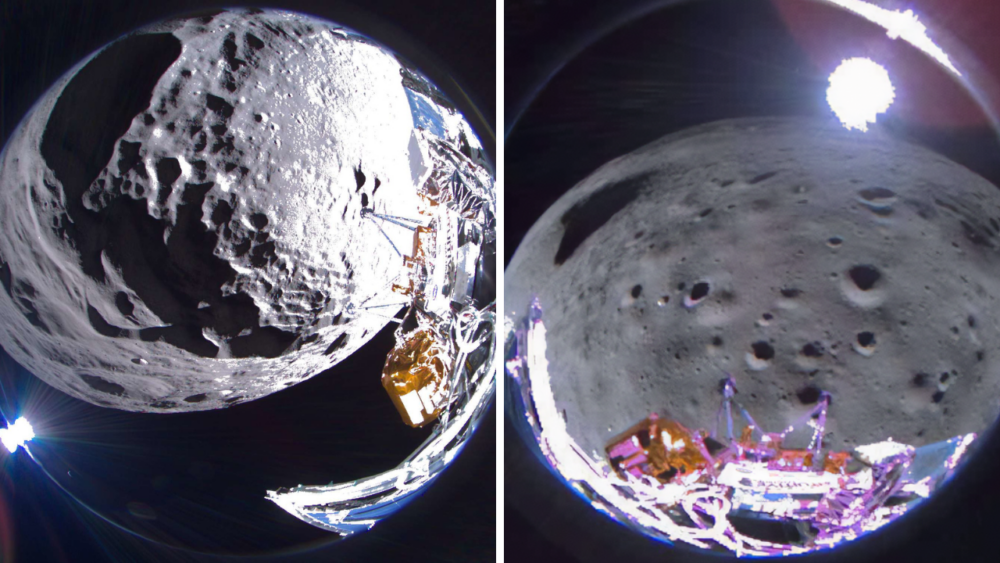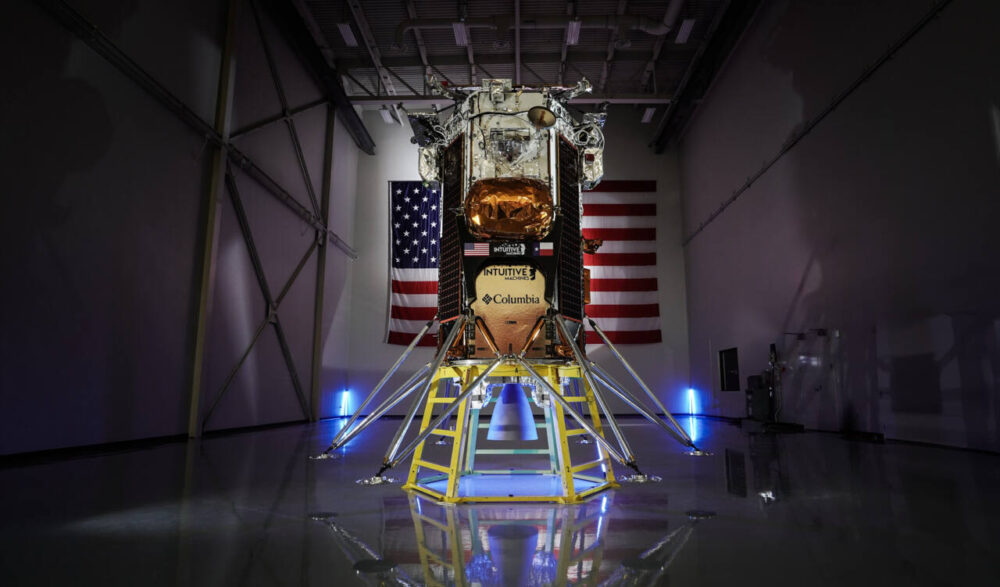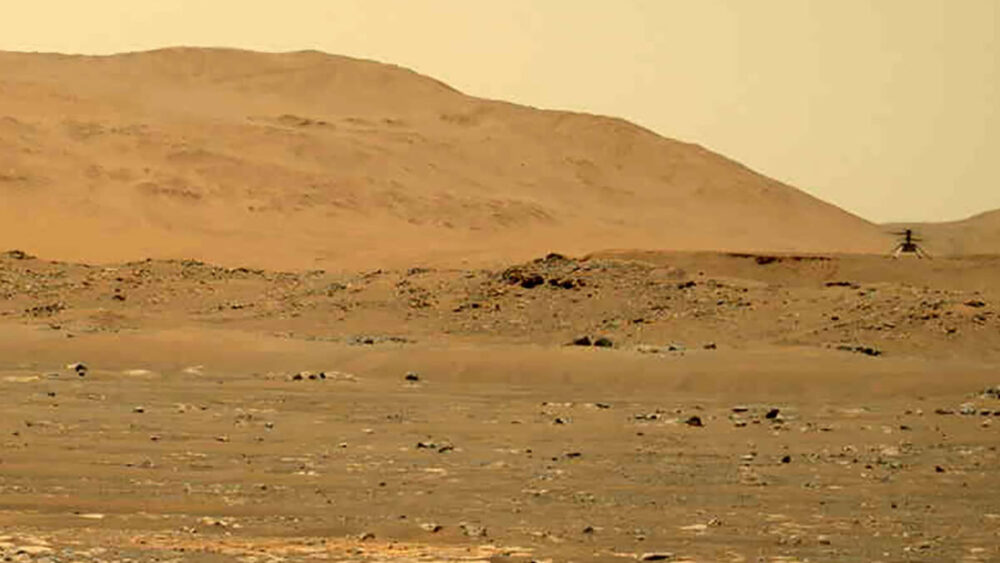NASA has confirmed a ‘Super-Earth’ planet that may have surface water
The search for habitable planets in the wider universe just got a new contender. According to a study published in the Monthly Notices of the Royal Astronomical Society, a team of astronomers and scientists has confirmed the discovery of TOI-715 b, a planet that may have the right conditions to allow for surface water to form — and therefore, just possibly, life.
NASA announced the news with its own press release last week, along with an artist’s rendering of what the planet might look like from close orbit. According to NASA, the newly discovered “Super-Earth” is roughly one and a half times the width of Earth and exists in a solar system 137 light years away, or more than 800 trillion miles — relatively close, in astronomical terms.
MORE: Scientists use James Webb Space Telescope to find 3 of the smallest brown dwarf stars ever seen
It’s within its star’s habitable zone, also called the “Goldilocks zone” because this is where a liquid water state could be maintained without boiling or freezing. Here’s an explainer of the habitable zone from NASA:
MORE: Scientists used ‘Star Wars’ to explain why this mysterious planet still exists
While the planet revolves much more closely around its sun than our planet, that sun happens to be a red dwarf star. That means that it puts out less heat, and has a tendency to host worlds in its solar system that are small and rocky. That’s one factor that makes this planet more suitable for the formation of water, though the atmosphere — which has a makeup as yet unknown — would also play a big part.
The planet’s close orbit is also lucky for observers. NASA and the group of international scientists that discovered TOI-715 b estimate that a year on this planet lasts about 19 days, which means that it will be in the observable window of the James Webb Space Telescope and other detection equipment more often.
Even more hopefully, astronomers also discovered the possible existence of a second, smaller planet in the same solar system that may also enjoy the same just-right “Goldilocks” conditions as TOI-715 b. NASA will continue to monitor the solar system using TESS, the Transiting Exoplanet Survey Satellite, which launched in 2018.
MORE: NASA’s snake-like ‘EELS’ robot may search for life on an icy moon
Since then, TESS has helped find 415 verified new exoplanets (planets that orbit other stars). And in case you were wondering — more than 5,500 exoplanets in 4,150 planetary systems have been discovered to date. Although researchers theorize many planets within the habitable zone exist, only a few have been confirmed to date.


